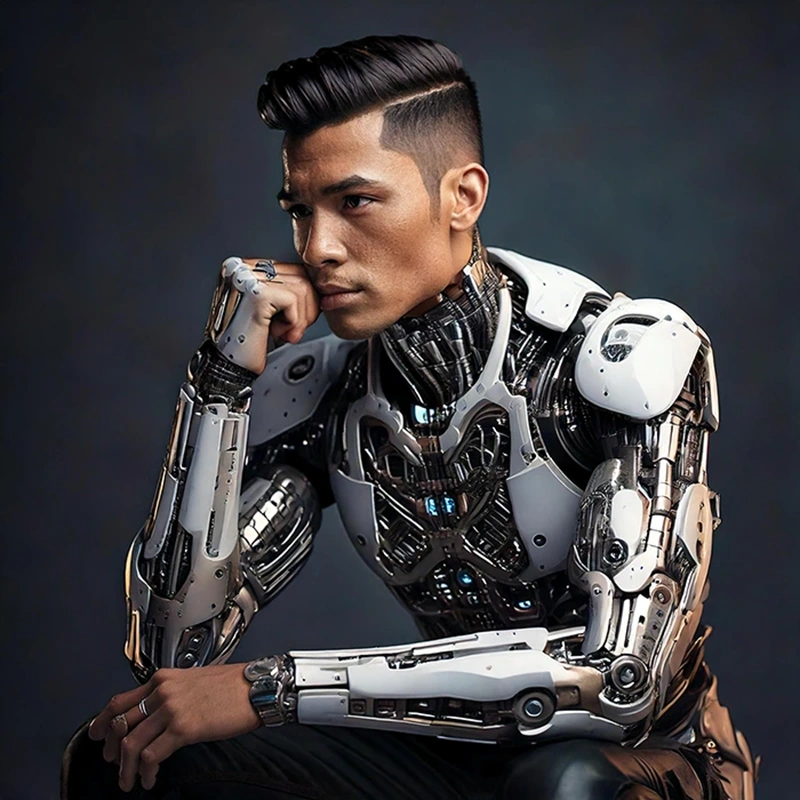Working with AI systems revealed striking parallels between LLM architecture and neurodivergent thinking patterns:
- Multi-threading cognitive processes similar to transformer model attention heads
- Rapid pattern recognition across disparate domains
- Intuitive leaps that compress multiple logical steps
- Non-linear information processing and synthesis
These similarities helped explain both my professional strengths and communication challenges. While my mind could make quantum leaps between concepts, I often skipped dozens of intermediate steps that neurotypical thinkers needed for context.


